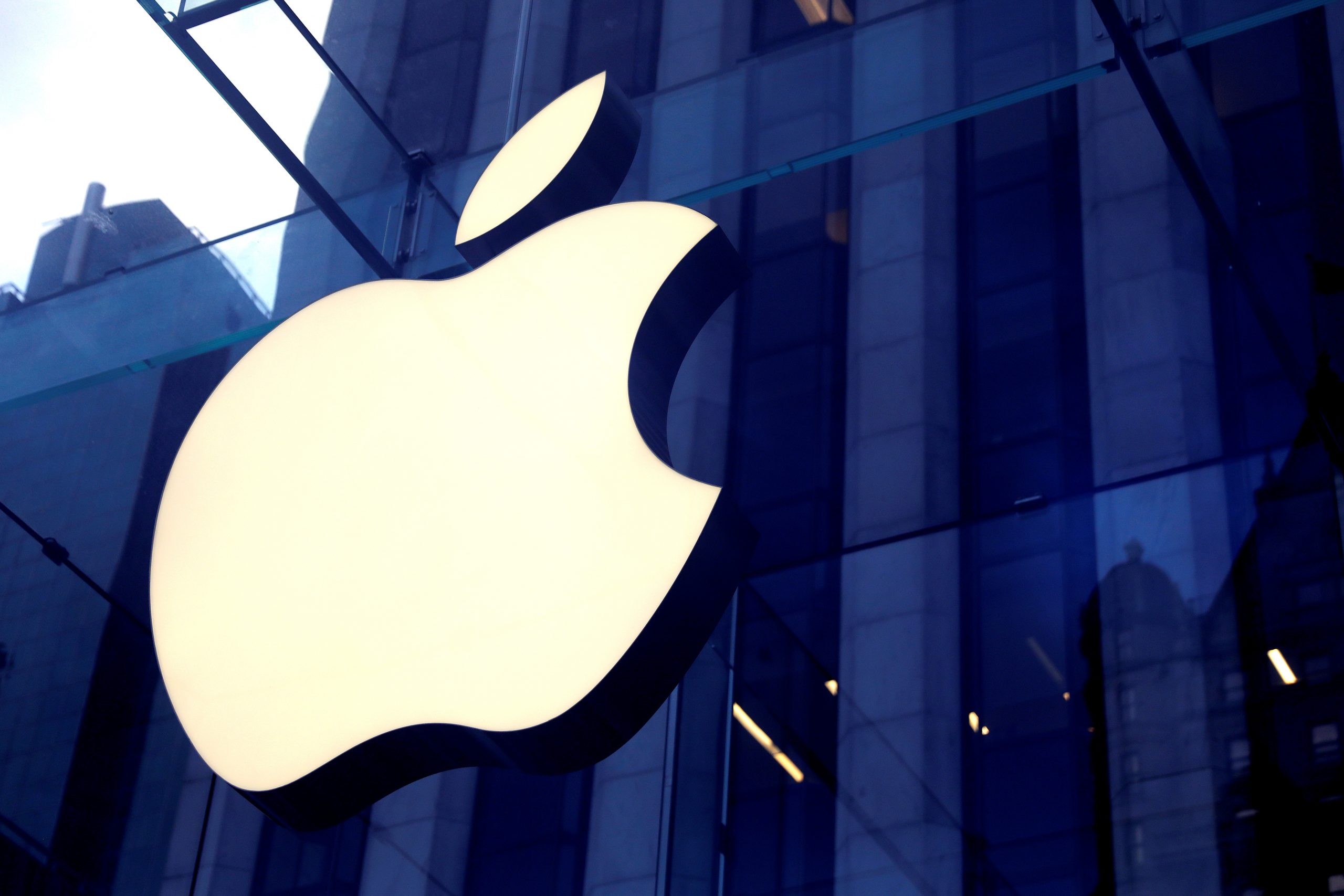It’s a tale as old as (smart watch) time.
Boy meets new iPhone. Boy buys new iPhone. Boy swiftly discovers issues with said new iPhone.
If you’re at all vested in the tech space, you’ve no doubt heard about Apple’s ballyhooed new iPhone 15 (of which there are four new iterations: the standard version, the iPhone 15 Plus, the iPhone 15 Pro and the iPhone 15 Pro Max), which dropped to the general public on Sept. 22.
The phones come with the expected improvements, bells and whistles, as well as the sort of pricing that would make Scrooge McDuck do a double take.
A quick glance at Apple’s own listed pricing shows that acquiring an iPhone 15 (any model) on its own will run consumers at minimum $799. The most advanced model, the Pro Max, begins at $1,199.
Given that you’re shelling out what amounts to many people’s mortgages to pay for a luxury phone, consumers are well within their rights to have certain baseline expectations.
One such baseline expectation is that your very new, very expensive phone does not melt or burn you to the touch.
For some who’ve bought a Pro or Pro Max model, that expectation appears to have run askew.
Despite barely being a week since its big public launch, certain customers who’ve invested in a Pro or Pro Max have begun reporting an issue where the phone is too hot to handle — and not in a figurative way.
Both the Wall Street Journal and Bloomberg have reported that customers who’ve purchased the priciest models of the iPhone 15 have been complaining that their new toys are reaching outrageously hot temperatures, particularly while using intensive apps or while charging.
And while some device warmth is to be expected with today’s pocket-sized supercomputers, both outlets are reporting that the Pro and Pro Max models of Apple’s latest product are too warm to even be held normally.
One popular theory being bandied about comes from tech expert Ming-Chi Kuo, according to the WSJ, and it involves the higher-end casing the Pro models use.
Those models use a titanium frame that is sturdy but lighter weight than the other models. Kuo theorizes that the new framing may not dissipate heat as well.
If true, that would obviously be a rather sizable misstep from Apple — and one that would not be so easy to fix given that it’s a hardware issue, not a software issue.
Apple provided a statement to Apple-focused website MacRumors about the issue.
Per MacRumors, Apple will be issuing a new iOS 17 software update that will help alleviate this overheating issue.
Additionally, the company is vehemently denying that the lightweight titanium frame was the source of the issue.
Instead, Apple told MacRumors that the source of the issue was that certain apps (Instagram, Uber and a racing video game app were listed as confirmed problems) were overloading the circuitry of the Pro model’s processor, causing the phone to reach scalding temperatures.
Interestingly, Apple noted that it did not know why, exactly, those apps were overloading the processor.
This article appeared originally on The Western Journal.

























 Continue with Google
Continue with Google